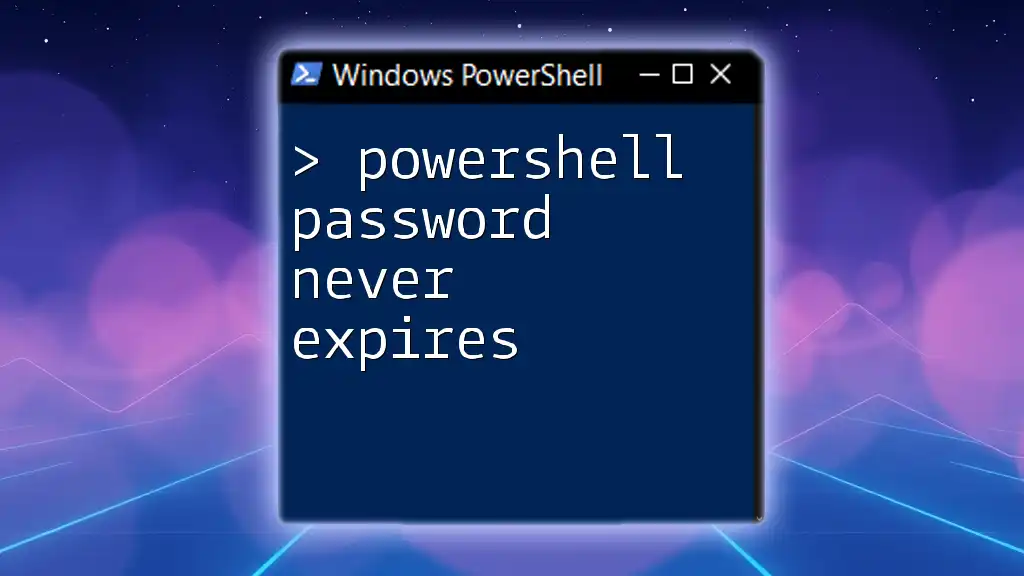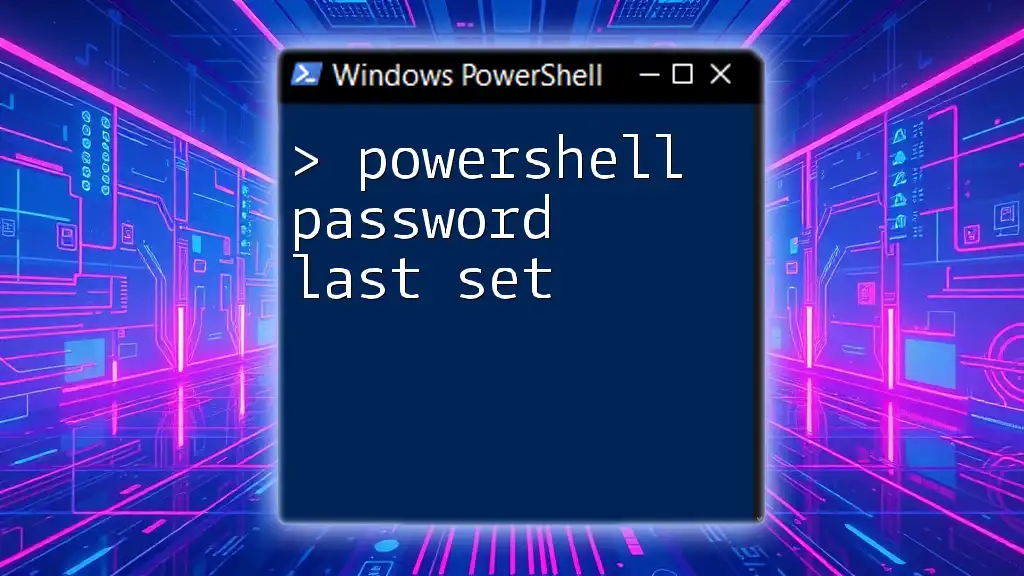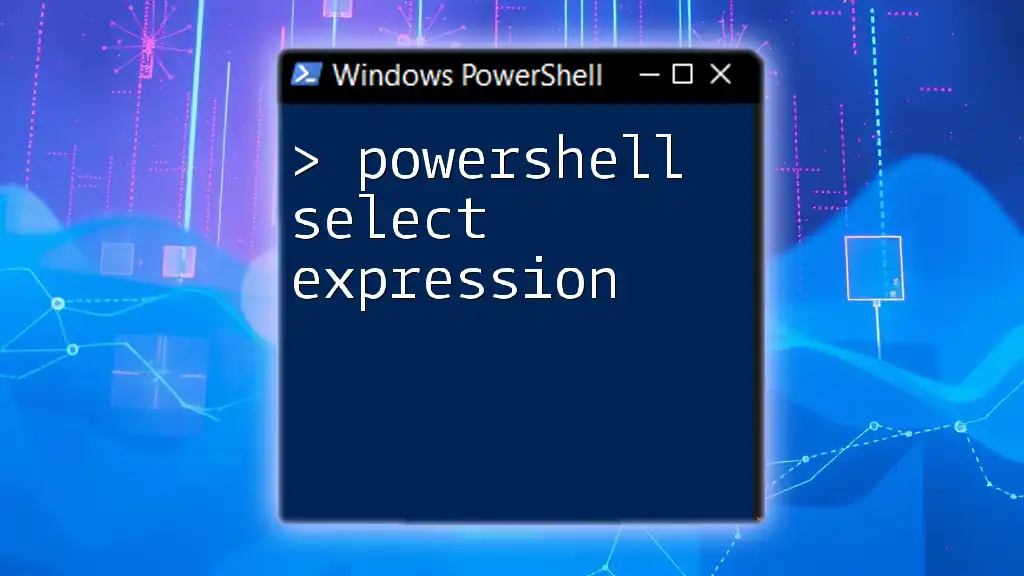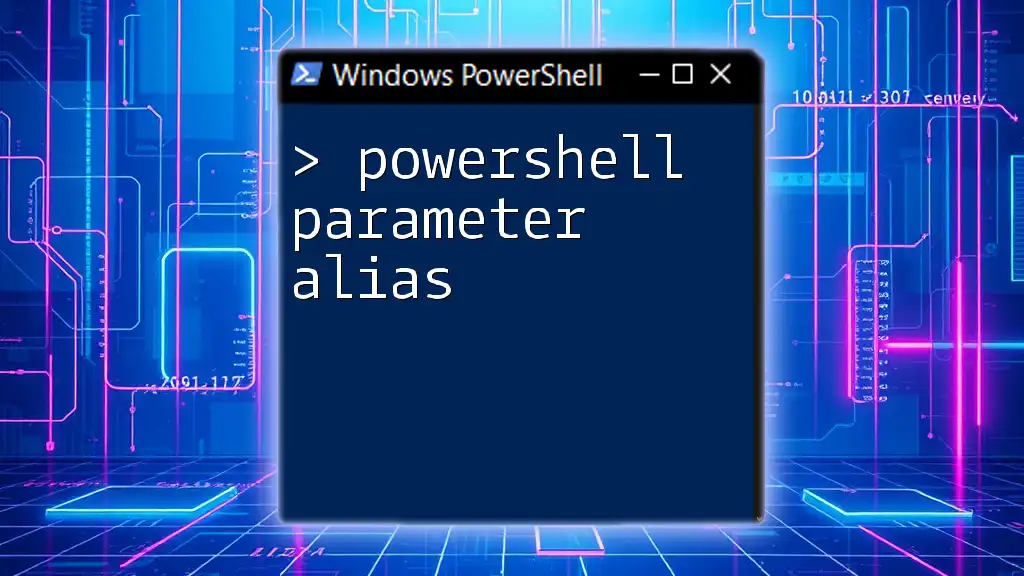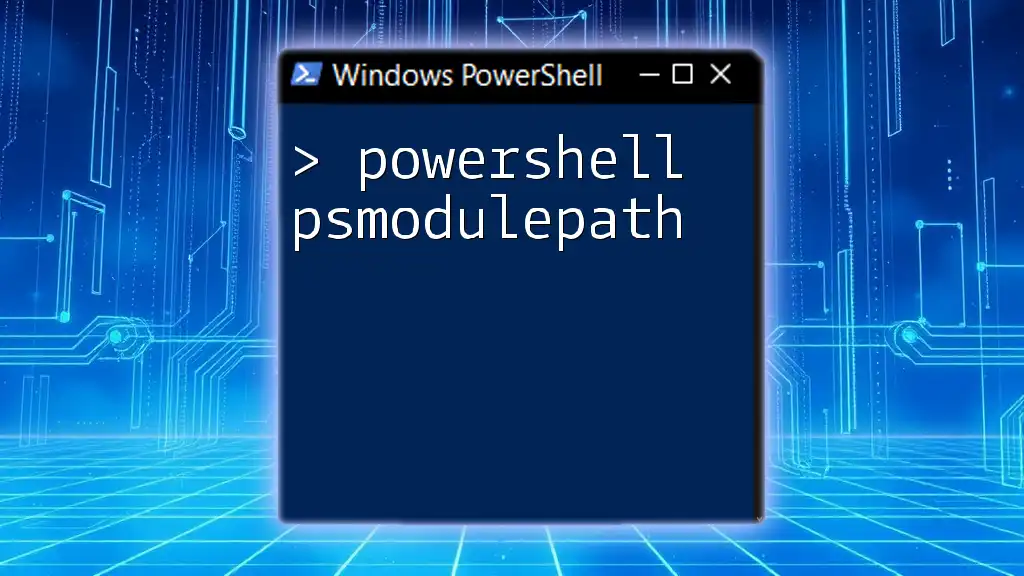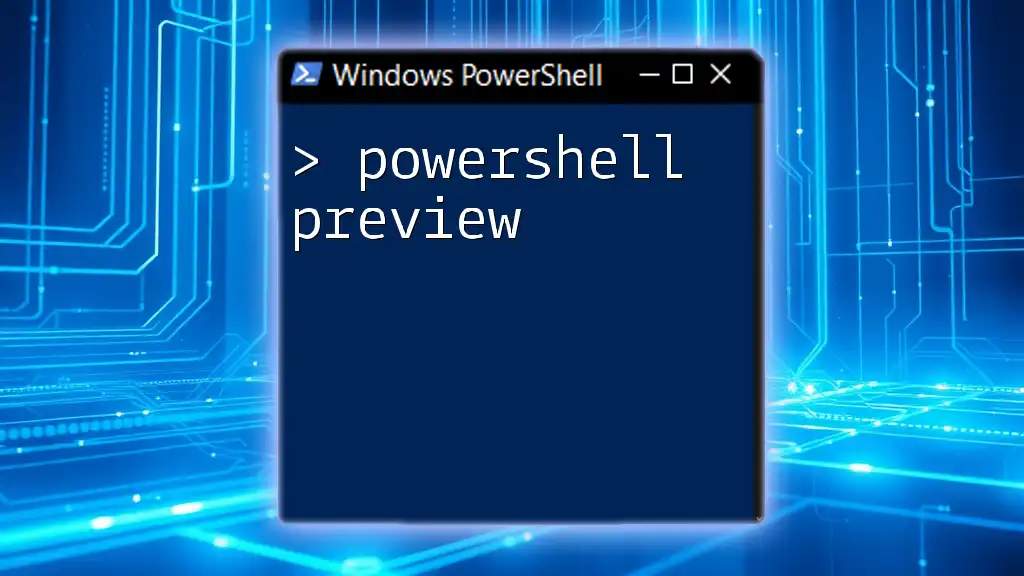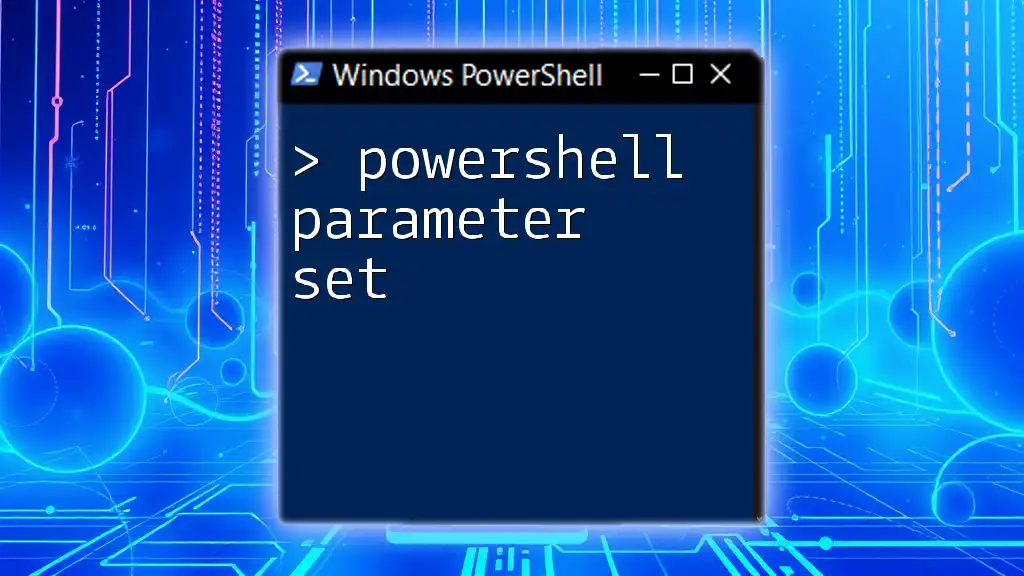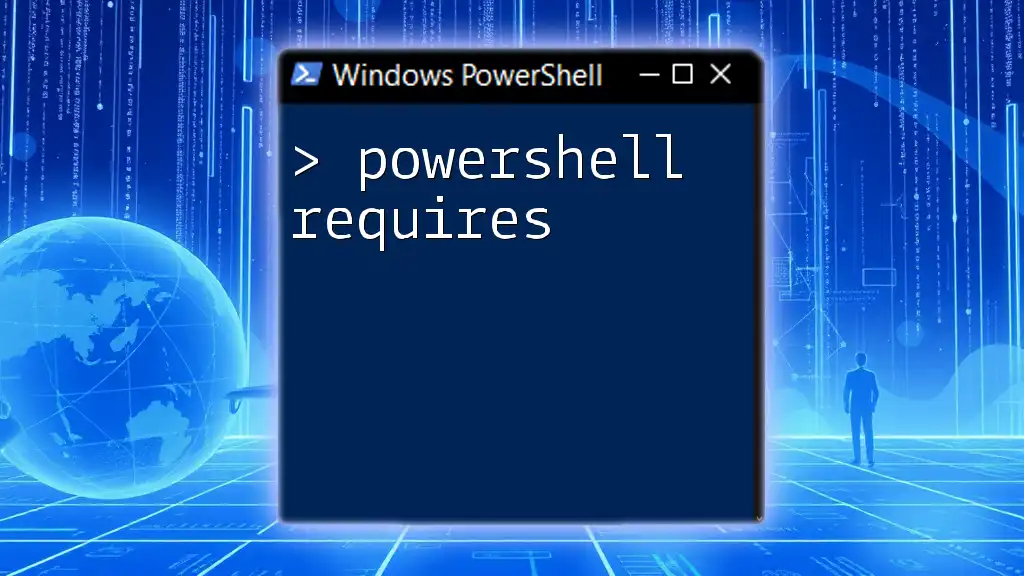To set a user's password to never expire in PowerShell, you can use the following command:
Set-LocalUser -Name "username" -PasswordNeverExpires $true
Replace `"username"` with the actual username of the account you wish to modify.
Understanding Password Expiration Policies
What is Password Expiration?
Password expiration is a security measure that requires users to change their passwords after a certain period. This practice helps reduce the risk of unauthorized access due to password sharing or other vulnerabilities. However, while password expiration policies can enhance security, they can also create challenges, especially in environments with numerous accounts or where stability is crucial.
Why Some Users Might Need Permanent Passwords
In certain situations, having a password that never expires can be beneficial. For example, service accounts used for running automated tasks or legacy systems that do not support modern security practices may require non-expiring passwords. In such cases, it’s essential to weigh the convenience of a permanent password against potential security risks, such as future compromises due to the lack of required changes.
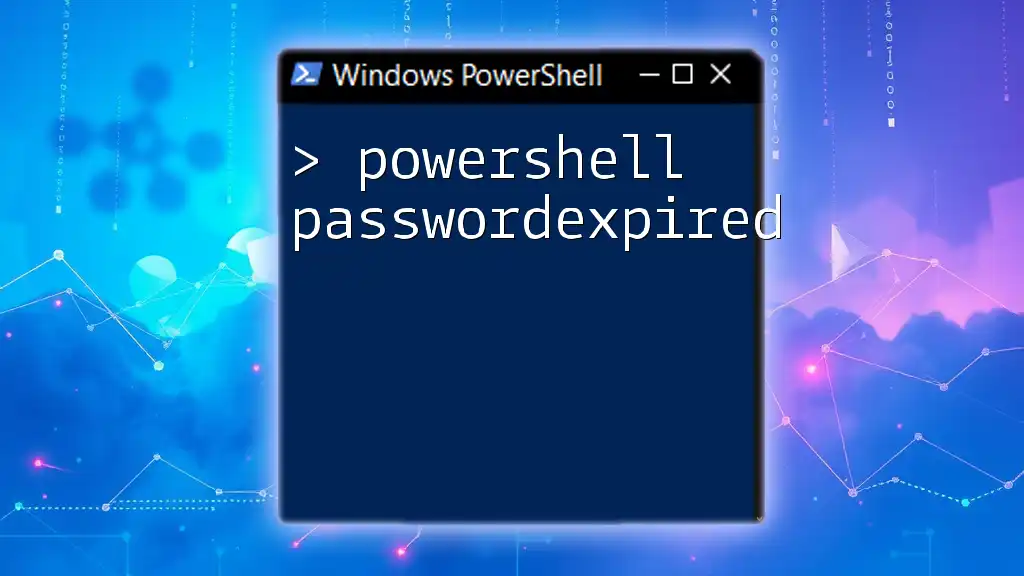
Changing Password Expiration Settings in PowerShell
Getting Started with PowerShell
Before diving into the specifics of changing password expiration settings, first ensure that you have PowerShell set up and running. To get started, open PowerShell as an administrator by right-clicking the PowerShell application and selecting "Run as administrator." This is necessary because modifying user account settings typically requires elevated permissions.
Using PowerShell to Set Passwords to Never Expire
Command Syntax
In PowerShell, the commands used to adjust user account settings include `Set-LocalUser` for local accounts and `Set-ADUser` for Active Directory accounts. Knowing the correct command syntax is key to managing password policies effectively.
Example for Local Users
To set a local user account's password to never expire, you can use the following command:
Set-LocalUser -Name "username" -PasswordNeverExpires $true
In this command:
- `Set-LocalUser`: The cmdlet used to modify local user account properties.
- `-Name "username"`: Replace `"username"` with the actual username of the account.
- `-PasswordNeverExpires $true`: This flag sets the password expiration setting to never expire.
Example for Active Directory Users
When working with Active Directory users, you would use a slightly different command:
Set-ADUser -Identity "username" -PasswordNeverExpires $true
Here:
- `Set-ADUser`: The cmdlet used for modifying Active Directory user properties.
- `-Identity "username"`: Provide the actual username of the Active Directory account.
- `-PasswordNeverExpires $true`: Indicates that the password should never expire for the specified user.
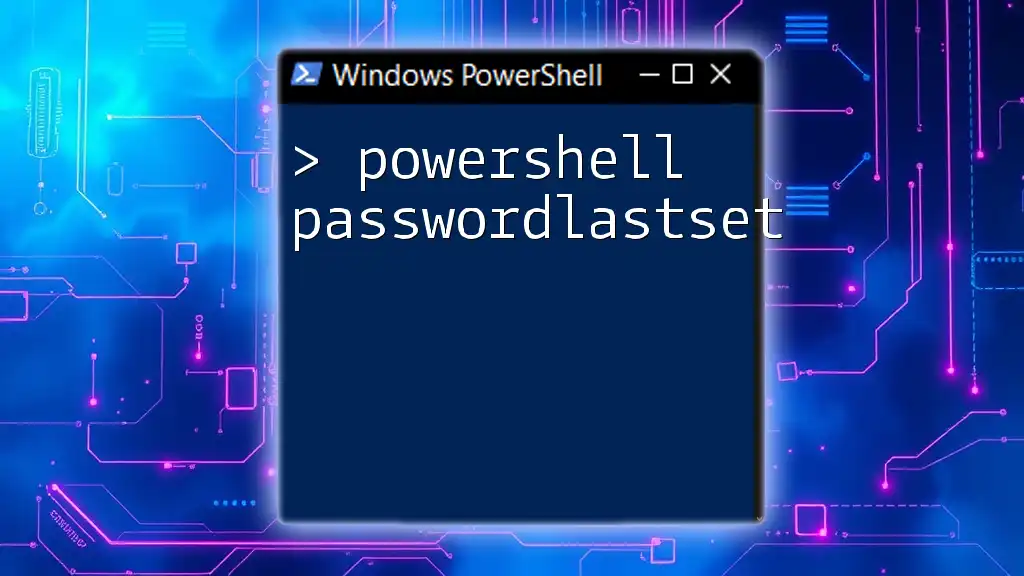
Validating Password Expiration Settings
Checking Current Password Expiration Status
For Local Users
To check if the password for a local user account is set to never expire, use the following command:
Get-LocalUser -Name "username" | Select-Object Name, PasswordNeverExpires
This command retrieves the account’s information and outputs whether the password expiration setting is enabled or not.
For Active Directory Users
For Active Directory accounts, you can check the password expiration status with:
Get-ADUser -Identity "username" -Properties PasswordNeverExpires | Select-Object Name, PasswordNeverExpires
This returns the specified user’s name and the current password expiration status.
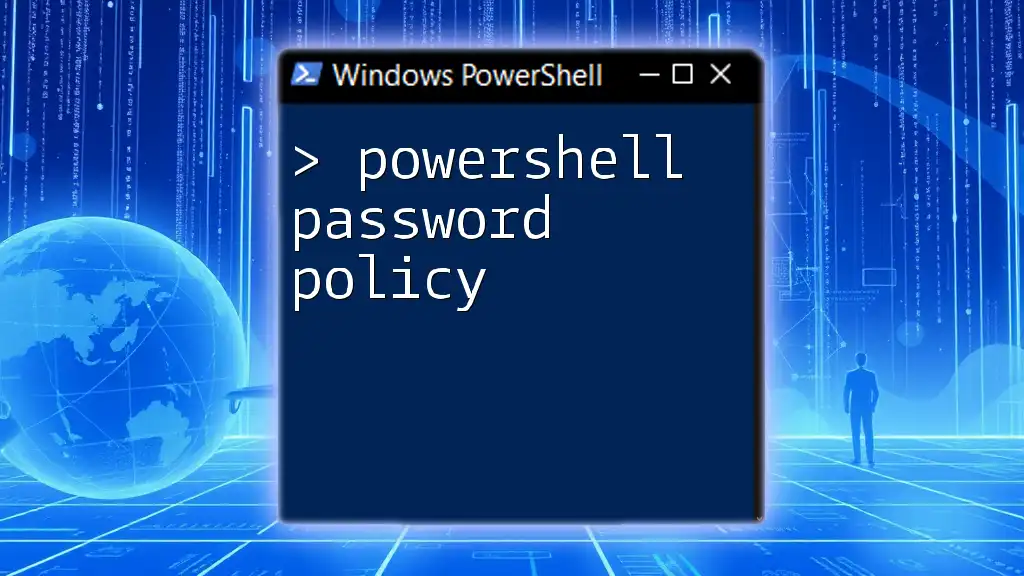
Common Issues and Troubleshooting
The 'User Not Found' Error
Users may encounter an error indicating that the specified user was not found. This often happens if the username is incorrectly entered or if the account doesn’t exist. Double-check the username to ensure it is correct and exists in your environment.
Permission Issues
Sometimes, permission-related issues may arise when trying to run these commands. To avoid this:
- Run PowerShell as Administrator. This ensures that you have the necessary permissions to execute account modification commands.
- If you are working in an Active Directory environment, ensure that your user account has the required permissions to modify user accounts.

Best Practices for Using “Password Never Expires”
When to Use This Setting
It's advisable to use the "password never expires" setting sparingly. It’s best suited for:
- Service accounts: Accounts that perform automated functions where password changes could disrupt processes.
- Legacy systems: Situations in which forcing a periodic password change may not align with operational capabilities.
Regular Account Audits
While having passwords set to never expire can alleviate administrative burdens, it’s essential to implement regular account audits. This ensures that accounts do not become dormant or compromised over time. Assess password usage and change settings accordingly to balance security with operational efficiency.
Educating Users about Security
Regardless of whether a password is set to never expire, it is crucial to educate users about maintaining good security practices. Encourage them to create strong passwords and use multi-factor authentication (MFA) wherever possible. This added layer of security can help mitigate risks associated with non-expiring passwords.
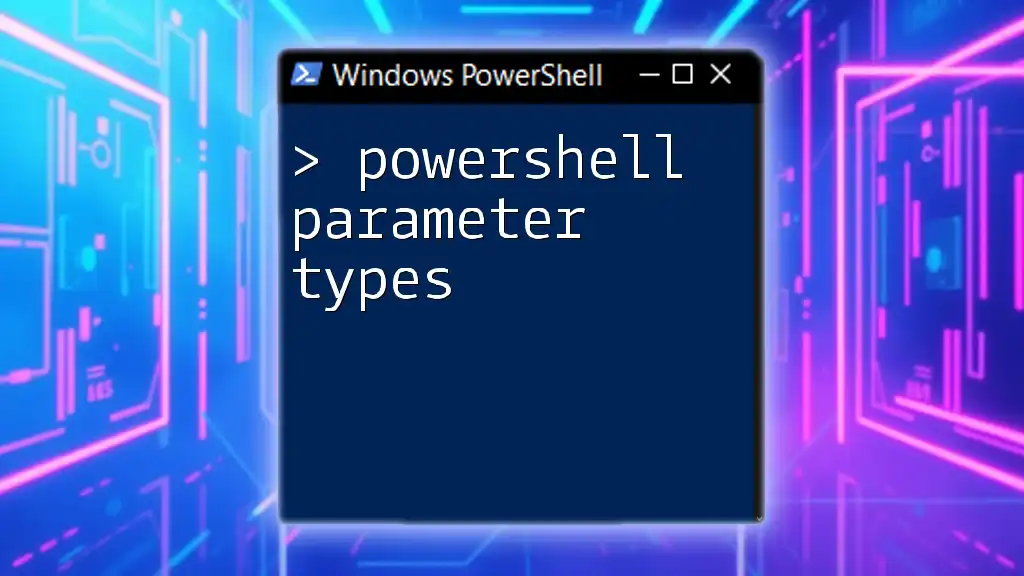
Conclusion
In the realm of PowerShell management, understanding how to configure password settings plays a fundamental role in ensuring the security and efficiency of user accounts. By utilizing the commands we've explored, you can take proactive steps to manage password expiration effectively. Whether you are setting passwords to never expire for service accounts or checking existing settings, mastering these techniques will enhance your PowerShell skills and improve your organizational security posture.

Additional Resources
For further exploration, refer to PowerShell’s official documentation, dive deeper into security best practices, or consider courses focused specifically on PowerShell for systems administration. These resources will bolster your understanding and proficiency in managing user accounts effectively.

